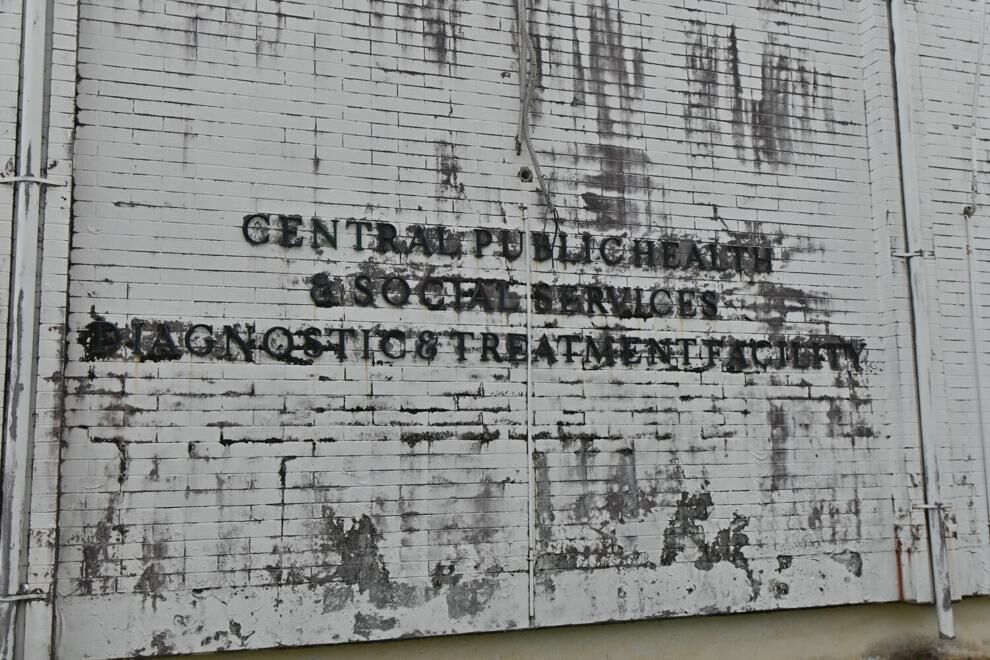HAGÅTÑA (The Guam Daily Post) — It’s no secret that Guam’s shortage of obstetricians and gynecologists has had an impact on women’s health and unborn children. But while health officials have a gut feeling the lack of care contributes to the island’s high fetal and maternal mortality rates, the drivers of maternal mortality and complications of pregnancy are still only a hypothesis.
Department of Public Health and Social Services spokesperson Don Sulat confirmed for The Guam Daily Post that statistics on maternal mortality is being collected as part of a Centers for Disease Control and Prevention grant awarded to the department over a year ago.
The grant to DPHSS is meant, in part, to establish a Maternal Mortality Review Committee.
The committee is tasked with identifying, reviewing and characterizing pregnancy-related deaths and identifying prevention opportunities, according to the CDC.
But Public Health has yet to form the committee.
“The program managers will be meeting soon to finalize who will be on the committee. Regarding the findings, at this time, the program is collecting the statistics on maternal mortality. Recommendations on maternal mortality preventative measures will be formed by the committee once it is created,” Sulat said.
“They include representatives from Public Health, obstetrics and gynecology, maternal-fetal medicine, nursing, midwifery, forensic pathology, mental and behavioral health, patient advocacy groups, and community-based organizations,” the CDC said.
While Sulat noted that it may be a few months before the multidisciplinary committee is formed, there is some data readily available through the U.S. Department of Health and Human Services.
A 2023 Needs Assessment Update for Guam by the federal Health Resources and Services Administration noted that data from death certificates from 1968 to 2021 showed that there were 40 maternal deaths “resulting in very high maternal mortality ratios during the years there were maternal deaths.”
“The (maternal mortality ratio) during the past fifty years of Guam ranged from a low of 22.6 in 1996 to a high of 30.4 in 2021. The three-year average for 2017 – 2019 was 74.0, and the 5-year average for 2017-2021 was 113.1. Compiling 10-year averages for MMR reduces the MMR; however, the MMR 10-year average from the most recent ten-year period, 2008-2017, at 29.4, is still higher than the U.S. MMR of 23.8 in 2020 (CDC NCHS, 2022). Although the MMR fluctuates for many years with no maternal deaths in Guam, the MMRs are still very high for Guam compared to the U.S., and the number of maternal deaths and the MMR has been increasing in the past ten years, following the national trend,” the report said.
The report further noted that 55% of maternal deaths were related to cardiovascular conditions such as hemorrhage and pregnancy-related high blood pressure; 7.5% were related to infections; 10% were related to other cardiovascular conditions; and 7.5% were related to pregnant-related conditions or events like septic abortion and amniotic fluid thrombosis. Two deaths were by suicide, three were a result of motor vehicle accidents and three deaths were COVID-19-related.
According to the HRSA report, “between 2017 and 2021, 161 Guam infants died before their first birthday, an average of 32 infants per year.”
“The mean infant mortality rate for the five years was 10.71 per 1,000 live births. Guam’s infant mortality rate is higher than the Healthy People 2020 Objective of 5.8 infant deaths per 1,000 live births. During the five years studied, the infant mortality rate among Chamorro infants was 28.5 per 1,000, the rate for Chuukese infants was 16.5 per 1,000 versus the infant mortality rate for Filipino infants was 7.5 per 1,000, and for White infants, 2.25 per 1,000,” the report states.
HRSA noted that access to services remains a need for mothers and children on Guam, namely access to preventive medical visits, developmental screenings, preventive dental care and adolescents transitioning to adult health care.
“The challenge remains in finding new and better ways to reduce barriers and thus improve accessibility,” HRSA said. “Among women and birthing people in Guam, access and receipt of timely prenatal care remain challenging, maternal morbidity and mortality rates are rising, and women and birthing people are increasingly in need of services and support for perinatal depression and substance use.”

The Department of Public Health and Social Services’ old central facility on Monday, Jan. 8, 2024, in Mangilao.











